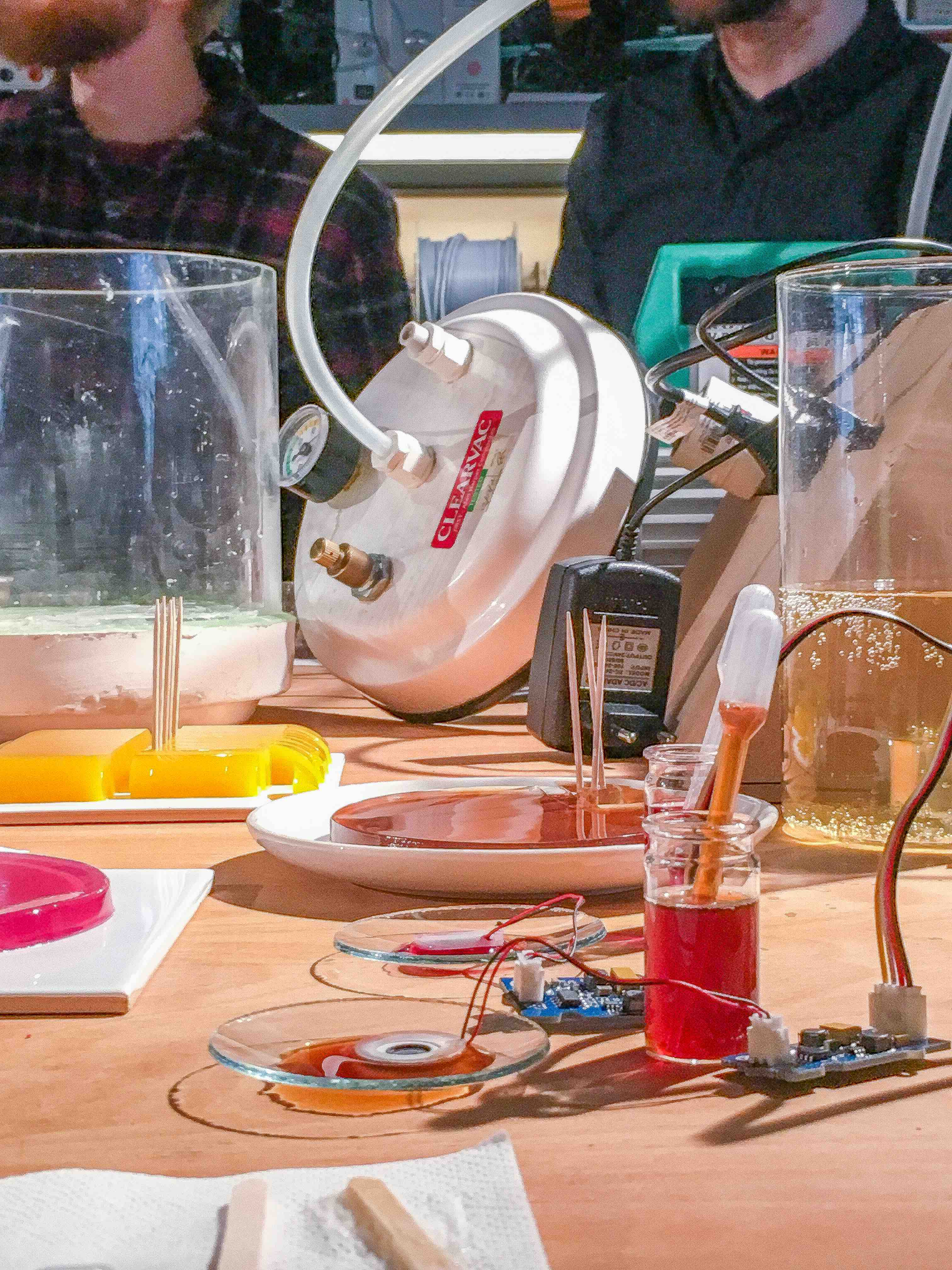
A series of blog posts created in the "design methodologies" module at ZHdK, teached by Dr. Joëlle Bitton.
Today’s blog is all about prototyping and the means of it to us designers. I’ll mostly refer to “The Anatomy of Prototypes” from Young-Kyung et al., as I think this concludes precisely and comprehensively the possibilities of prototyping.
I really liked the way Young-Kyung Lim et al. look at prototypes and prototyping in “The Anatomy of Prototypes”. They saw prototypes not only as a tool for evaluating ideas, but also for generating, externalising and reflecting on them. Their studies revealed two key dimensions, which I think sum up a prototypes values pretty densely and accurately. Those are prototypes as filters and as manifestations.
As already said, they look at prototypes not as a tool for evaluation only. They see it as a general design-thinking tool, helping us to learn, discover, generate and refine our designs. Coming back to the key dimensions of a prototype, one could compare it to a sieve. The fineness of the sieve would then relate to the filtering aspect of a prototype, while the manifestation describes the sieve itself. The quality that is examined would then be particles of a certain size from a mixture of different particles.
Depending on which quality of an idea or a design I’m interested in, I have to adjust the different dimensions of the prototype. Hence our prototype wants to serve as a tool to frame the design space, filtering the qualities we are interested in, by using the simplest form of manifestation we can find. In Young-Kyung et al.’s text, they call this the fundamental prototyping principle.
Regarding the manifestation of a design, we then have to think of the three considerations manifestations dimensions, which involve the material, resolution and scope of a prototype.
Making a decision concerning these manifestation dimensions, we should consider the economic principle of prototyping, which states that “the best prototype is one that, in the simplest and most efficient way, makes the possibilities and limitations of a design idea visible and measurable.”(Young-Kyung et al., 2008)
I really loved the way prototypes are looked at in this text and totally agree with their conception of what a prototype should deliver. I also like how they refer to the incompleteness of a prototype regarding its efficiency by stating that the most efficient prototype is the most incomplete one, that still filters all the qualities of interest.
We also had a discussion in class on the fidelity a prototype wants to have in order to not be prematurely judged upon a prototype’s appearance as a designer. For me this also plays a role in weighing up the manifestation dimensions according to the tested user group. If you’re not able to bring the user’s focus to the qualities you wish to examine, it was your fault and it’s on you to adjust the dimensions in a way to get the outcome you are looking for.
Readings
Montgomery, Will. 2013. “Machines for Living”. In Wire. 243. 28-35.
O’Sullivan, D. & Igoe, T. 2003. Physical Computing: Sensing and Controlling the Physical World with Computers. Premier Press.
Pask, Gordon. 1971. “A Comment, a Case History and a Plan.” In Cybernetics, Art, and Ideas. Edited Reichardt, Jasia. London: Studio Vista. 76-99.
Ramakers, Raf, Anderson, F., Grossman, T. & Fitzmaurice, G. 2016. “RetroFab: A Design Tool for Retrofitting Physical Interfaces using Actuators, Sensors and 3D Printing”. In Proceedings of CHI ’16.
YounKyung, L., Erik, S., & Josh, T. 2008. The anatomy of prototypes: Prototypes as filters, prototypes as manifestations of design ideas. In ACM Trans. Comput.Hum.Interact. 15(2). 1–27.
Additional Readings
Ehn, P., & Kyng, M. 1991. Cardboard computers: Mocking-it-up or hands-on the future. In Design at Work: Cooperative Design of Computer Systems. 169–195.
Bolchini, D., Pulido, D., & Faiola, A. 2009. “ “Paper in screen” prototyping: an agile technique to anticipate the mobile experience”. In Interactions. 16(4). 29–33.